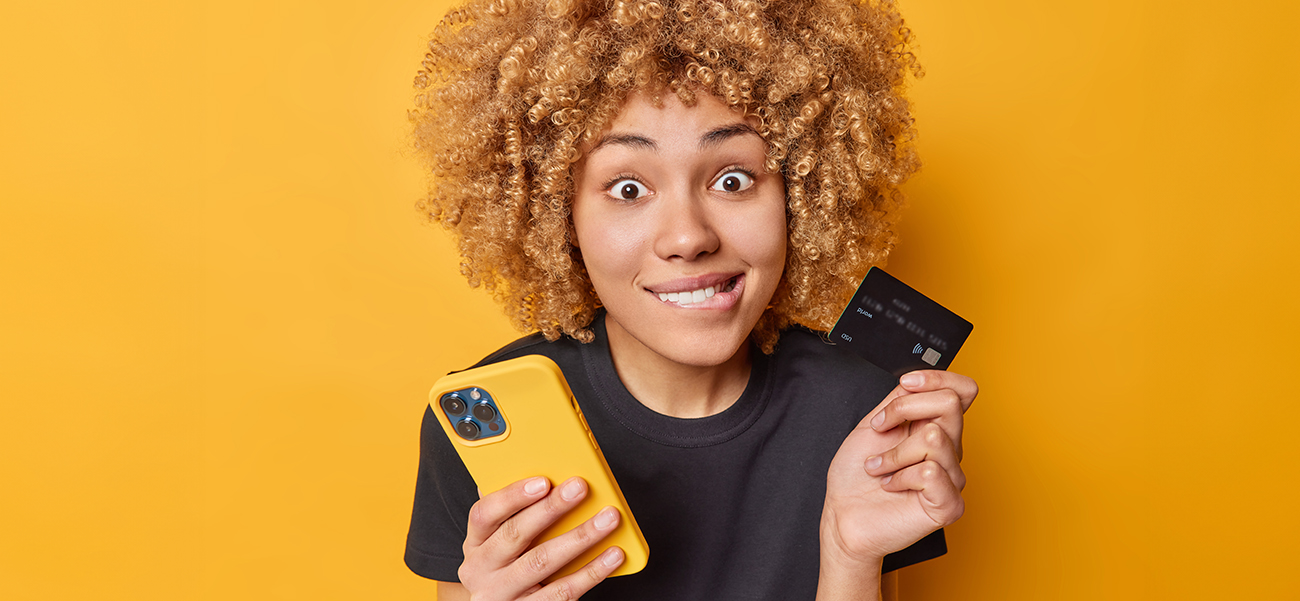
As you know, multi-factor authentication (MFA) has been introduced across the University for applications that use UBC’s Campus-wide Login (CWL). But what about your personal email, bank accounts, or social media profiles? While strong passwords are a good first step, relying solely on them leaves your digital life vulnerable. This is where MFA becomes your ultimate security shield.
Why Passwords Aren't Enough
Imagine your password as a lock on your front door. A strong password is like a high-security deadbolt – it takes effort to break. But even the best deadbolt can be compromised with the right tools or social engineering tactics.
MFA adds an extra layer of security, similar to a security alarm system for your digital door. It requires a second verification factor beyond your password, making unauthorized access significantly harder.
The Simplicity of Enhanced Security
Enabling MFA on your personal accounts is surprisingly easy. Most online services offer clear instructions and user-friendly interfaces to set it up. In many cases, it only takes a few minutes to activate.
Why MFA is Essential for Everyone
Data breaches are a constant threat, and even the most cautious user can fall victim to phishing attacks or malware that steals passwords. MFA acts as a safety net, ensuring that even if your password is compromised, your accounts remain secure.
Taking Control of Your Digital Security
By enabling MFA on all your online accounts, you're taking a proactive step towards safeguarding your personal information, financial data, and online identities. Don't settle for just a strong password – make MFA your digital guardian and empower yourself with the ultimate security shield.